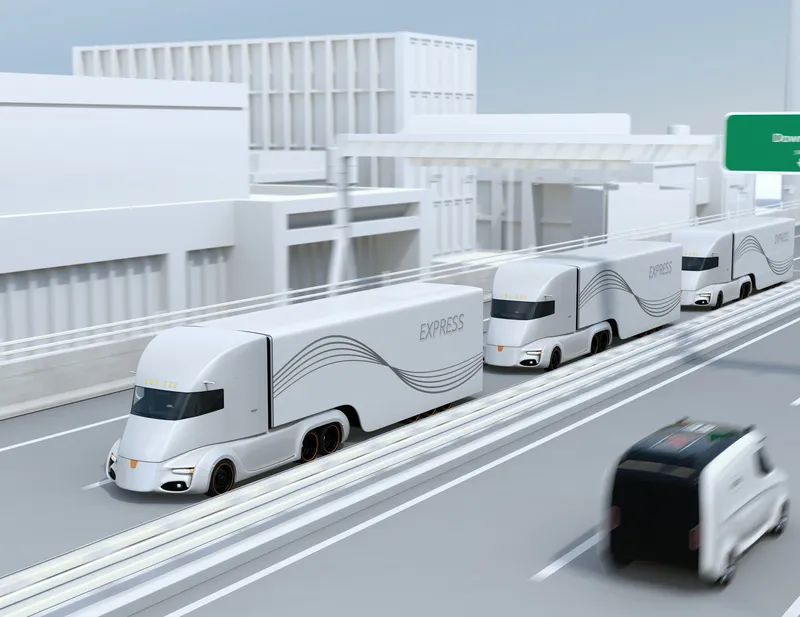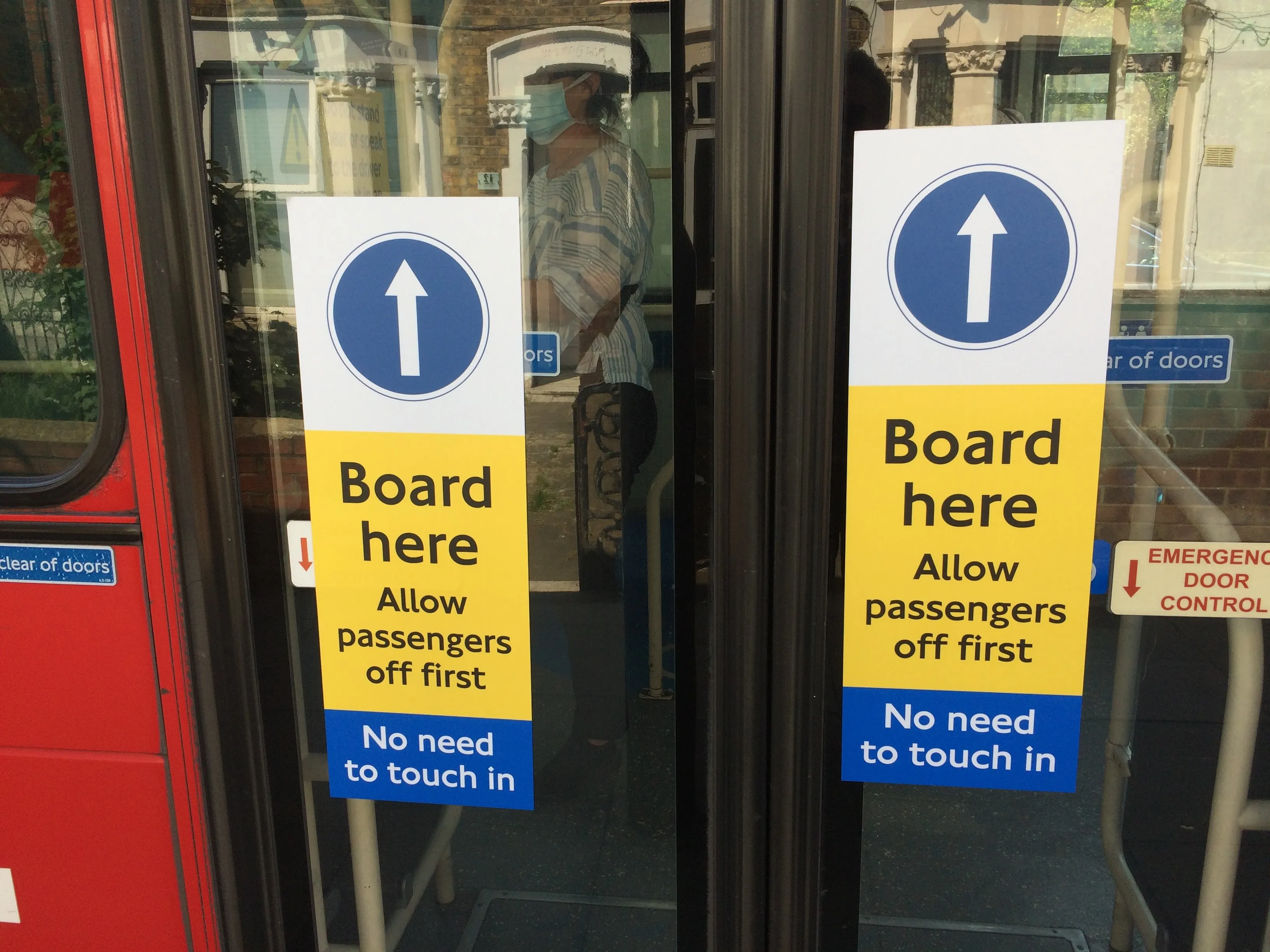Presenting his Autumn Statement, Chancellor Philip Hammond announced investment in transportation, including £390 million for future transport and a major new investment in the UK transport infrastructure.
The £390 million investment in future technology includes: investment in testing infrastructure for driverless cars; provision of at least 550 new electric and hydrogen buses, reduce the emissions of 1,500 existing buses and support taxis to become zero emission; installation of more charging points fo
November 24, 2016
Read time: 3 mins
Presenting his Autumn Statement, Chancellor Philip Hammond announced investment in transportation, including £390 million for future transport and a major new investment in the UK transport infrastructure.
The £390 million investment in future technology includes: investment in testing infrastructure for driverless cars; provision of at least 550 new electric and hydrogen buses, reduce the emissions of 1,500 existing buses and support taxis to become zero emission; installation of more charging points for ultra-low emission vehicles.
Investment in transport infrastructure includes: £1.1 billion to reduce congestion and upgrade local roads and public transport; £220 million to tackle road safety and congestion on8101 Highways England roads; £27 million to develop an expressway connecting Oxford and Cambridge.
Commenting on the proposals, Roger Crow, executive VP and managing director of Europe,378 Cubic Transportation Systems, said he believes increased investment is needed in the UK’s transport infrastructure alongside additional investment in intelligent mobility.
He said, “We are already making real strides in developing smarter cities which will open up transportation, delivering safer, more secure and reliable journeys for travellers. There are no easy answers but additional investment in the most impactful areas would be a major step in the right direction in providing transport solutions which will help relieve pressure created by population growth and traffic increases.
We also need additional investment if we are to significantly move towards better transport links between the Northern Powerhouse, the Midlands Engine and the South East. This will create greater economic growth for the UK and provide businesses with the vital skills they need to build these economic hubs.”
James Stamp, head of transport at KPMG UK, said that specific improvements, such as alleviating road network pinch-points and the Midlands Rail Hub, are welcome, as is the positive sentiment about Crossrail 2. However, even with investment in specific schemes, he believes demand for transportation will always be ahead of the ability to pour more concrete.
He says, “Making more from the capacity we have is – and will stay – key. Without this, congestion will remain a limiting factor on productivity,” he said. “It is therefore vital that investment in transport innovation tackles not only the specific issues of today, but also fundamentally how and why people will travel in the future. Smart ticketing, autonomous vehicles, and smart infrastructure all individually promise incremental benefits, and investment in this area is therefore encouraging. But the exponential change that could be unleashed by combining these initiatives (along with better use of data for providing information and choice to passengers) together is the real prize. Translating the potential of Mobility-as-a-Service, enabled by digital technology, to reality will require collaboration between policy makers, private operators, and transport authorities. It must be a key aim for the Government.”
In addition, fuel duty will remain frozen for a seventh year. Commenting on this, the6983 Freight Transport Association (FTA) said a cut would have boosted Britain’s economy by putting money in people’s pockets and reducing costs for transport operators. FTA has consistently called for a 3p per litre cut in fuel duty, which would deliver around £1,500 annual saving on the running cost of a 44 tonne truck.
There will also be a two-year 100 per cent first year allowance for companies who install electric charge-points, allowing companies to deduct the cost of the charge-point from their pre-tax profits in that year.
And £450 million will also be spent on trialling railway digital signalling technology which will expand capacity and improve reliability.
The £390 million investment in future technology includes: investment in testing infrastructure for driverless cars; provision of at least 550 new electric and hydrogen buses, reduce the emissions of 1,500 existing buses and support taxis to become zero emission; installation of more charging points for ultra-low emission vehicles.
Investment in transport infrastructure includes: £1.1 billion to reduce congestion and upgrade local roads and public transport; £220 million to tackle road safety and congestion on
Commenting on the proposals, Roger Crow, executive VP and managing director of Europe,
He said, “We are already making real strides in developing smarter cities which will open up transportation, delivering safer, more secure and reliable journeys for travellers. There are no easy answers but additional investment in the most impactful areas would be a major step in the right direction in providing transport solutions which will help relieve pressure created by population growth and traffic increases.
We also need additional investment if we are to significantly move towards better transport links between the Northern Powerhouse, the Midlands Engine and the South East. This will create greater economic growth for the UK and provide businesses with the vital skills they need to build these economic hubs.”
James Stamp, head of transport at KPMG UK, said that specific improvements, such as alleviating road network pinch-points and the Midlands Rail Hub, are welcome, as is the positive sentiment about Crossrail 2. However, even with investment in specific schemes, he believes demand for transportation will always be ahead of the ability to pour more concrete.
He says, “Making more from the capacity we have is – and will stay – key. Without this, congestion will remain a limiting factor on productivity,” he said. “It is therefore vital that investment in transport innovation tackles not only the specific issues of today, but also fundamentally how and why people will travel in the future. Smart ticketing, autonomous vehicles, and smart infrastructure all individually promise incremental benefits, and investment in this area is therefore encouraging. But the exponential change that could be unleashed by combining these initiatives (along with better use of data for providing information and choice to passengers) together is the real prize. Translating the potential of Mobility-as-a-Service, enabled by digital technology, to reality will require collaboration between policy makers, private operators, and transport authorities. It must be a key aim for the Government.”
In addition, fuel duty will remain frozen for a seventh year. Commenting on this, the
There will also be a two-year 100 per cent first year allowance for companies who install electric charge-points, allowing companies to deduct the cost of the charge-point from their pre-tax profits in that year.
And £450 million will also be spent on trialling railway digital signalling technology which will expand capacity and improve reliability.








